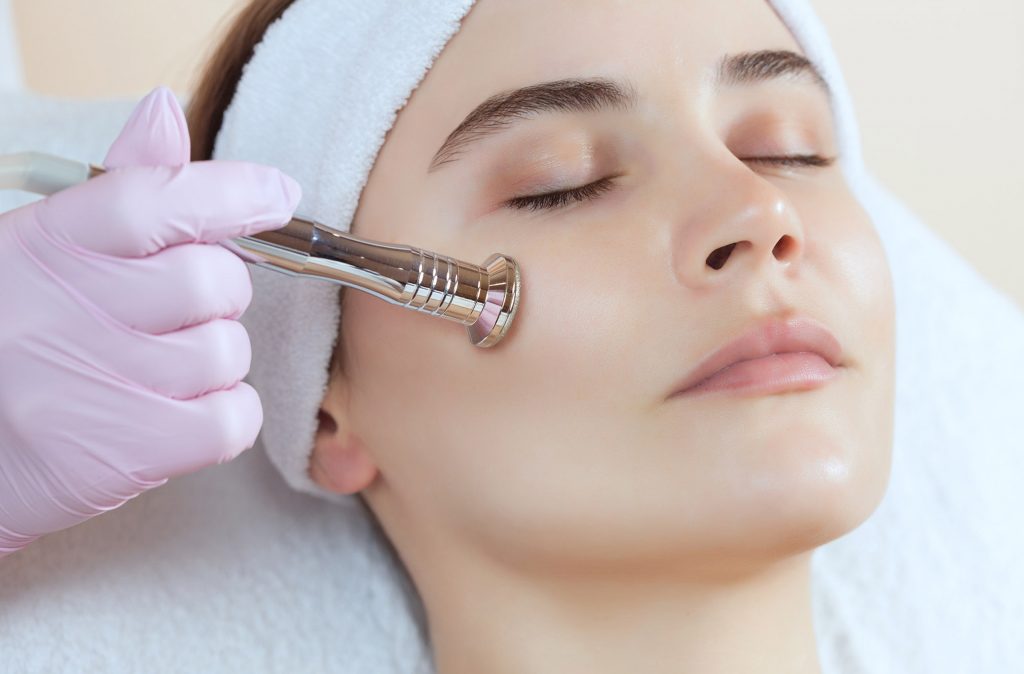Onychomycosis, a fungal infection of the nails, is a common infection. Usually caused by dermatophytes and more rarely by candida, it is contagious and can affect more than one nail in the same patient.
The symptoms
It starts as a white or yellow spot under the edge of the nail - most commonly on the toenails - and as the infection spreads, it can cause discoloration, thickening and detachment of the affected nail. A few times the color change can be black/green (depending on the type of microorganism).
What is it due to?
- Moisture and sweat on the feet make it easier for microorganisms to grow.
- People who walk barefoot in sports locker rooms and around the pool are also more likely to develop onychomycosis.
- Skin diseases such as eczema and psoriasis that cause abrasions make the area more vulnerable to fungi and other microbes.
- Age is also a risk factor, as is diabetes mellitus.
The diagnosis
The dermatologist will diagnose onychomycosis with a clinical examination. If other conditions are considered (nail psoriasis, lichen, wounds, black toenails), he may also order tests. These often include a culture to determine if and which pathogenic microorganism is present.
The treatment
In cases where the nail is only slightly affected, topical medication alone is often sufficient. If the infection is more than half of the nail, it may be necessary to chemically remove the nail (detach it) or give oral medication.
Sometimes local lasers are also applied.
Prevention
- Good cleanliness with daily hand/foot washing.
- Proper nail trimming and care.
- Choose a pedicure where they sterilize the tools.
- Sweat-absorbing cotton socks
- Apply antifungal powders to old shoes that have come into contact with fungi.
- Wear shoes/flip-flops in public areas.





